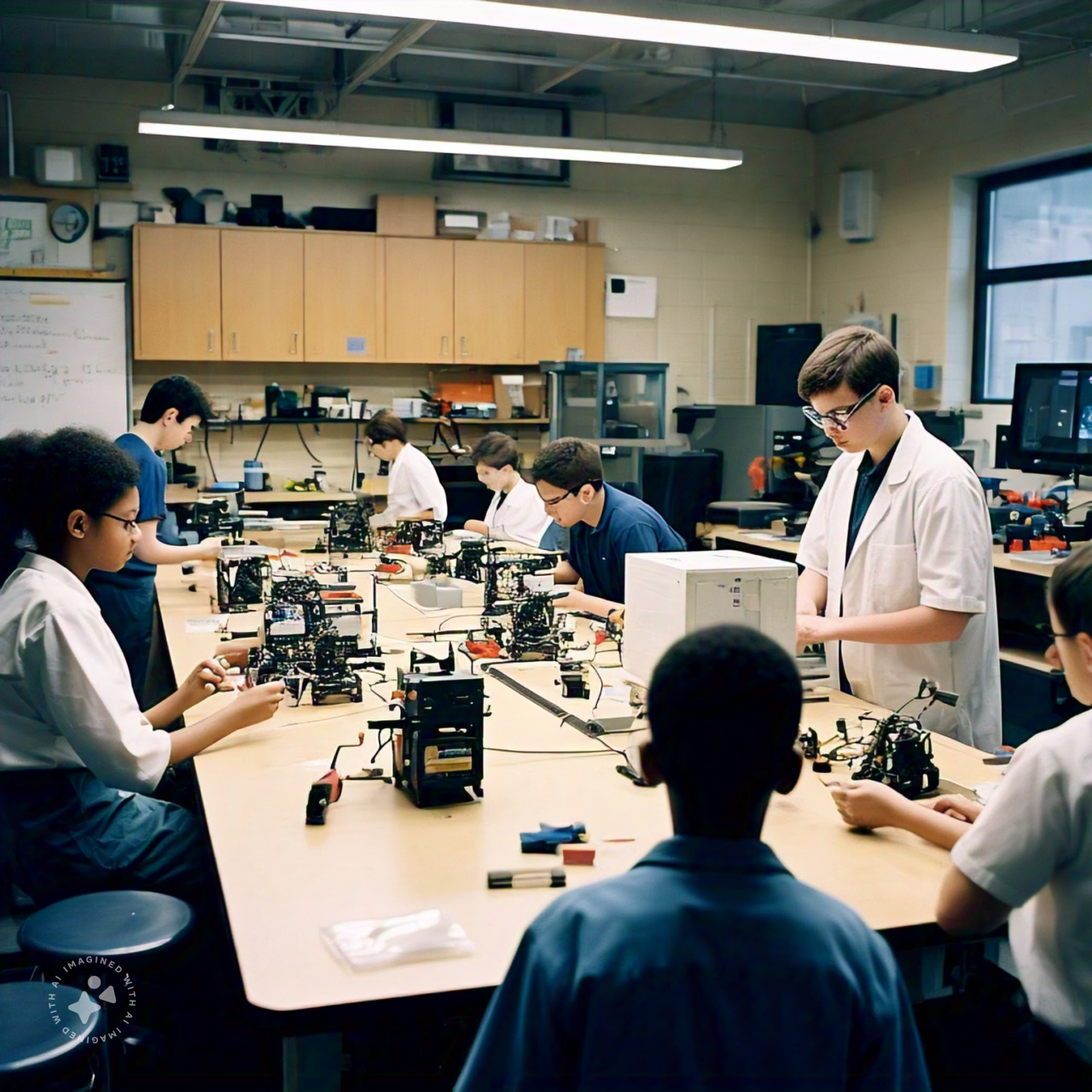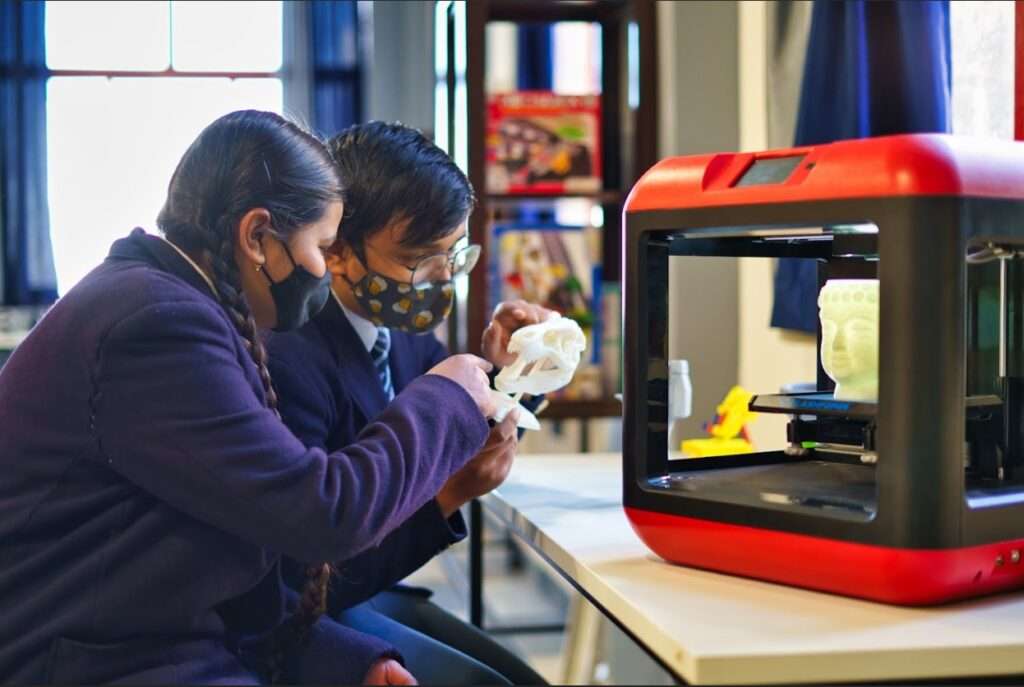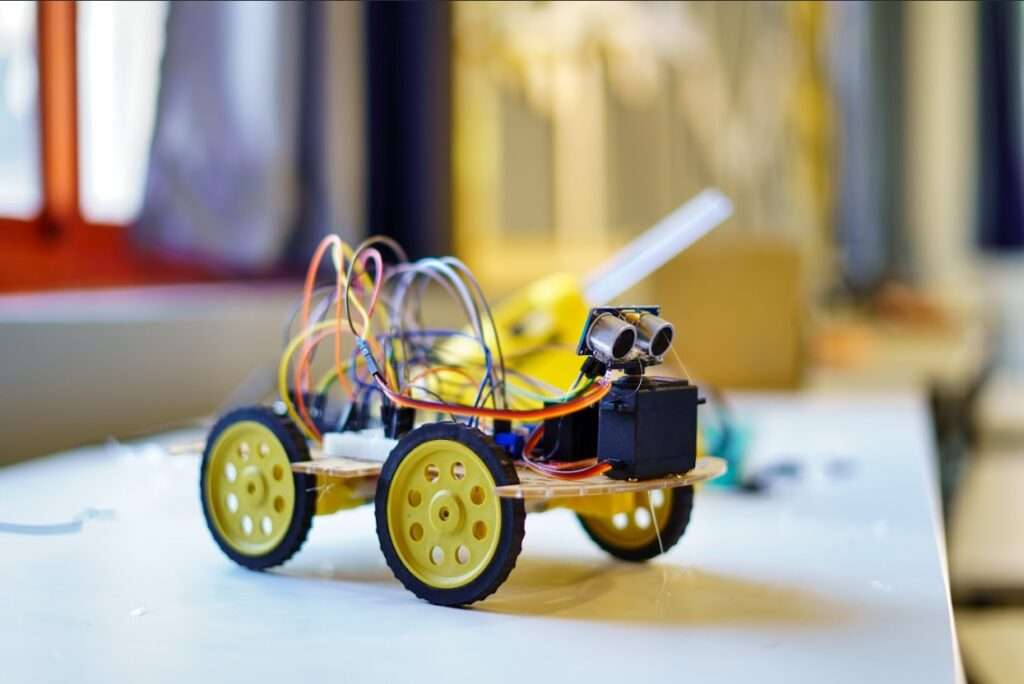In today’s rapidly evolving world, equipping students with the right skills is more important than ever. Robotics labs have emerged as a transformative addition to school curriculums, offering students an innovative platform to explore STEM (Science, Technology, Engineering, and Mathematics) concepts. Here are the key benefits of integrating robotics labs into school programs.
1. Enhancing STEM Learning
Robotics labs make STEM subjects more engaging by providing hands-on experiences. Students can design, build, and program robots, applying theoretical concepts to real-world scenarios. For example, understanding mechanical levers or coding algorithms becomes far more exciting when used to create a functioning robot. This practical approach deepens comprehension and retention of STEM topics.
2. Developing Problem-Solving Skills
The challenges posed in robotics projects teach students to think critically and solve complex problems. Whether troubleshooting a robot’s malfunctioning sensor or optimizing its movements, students learn to break down issues and explore multiple solutions. These problem-solving skills are invaluable in both academic and real-world settings.
3. Fostering Creativity and Innovation
Robotics labs encourage creativity by allowing students to design and build unique machines. From robots that can play soccer to those that simulate space exploration, the possibilities are endless. This freedom to innovate not only boosts creativity but also instills a sense of accomplishment and pride in their creations.
4. Promoting Collaboration and Teamwork
Robotics projects often involve group work, teaching students how to collaborate effectively. They learn to communicate ideas, delegate tasks, and resolve conflicts—skills that are essential in today’s collaborative work environments. These teamwork experiences also build empathy and respect for diverse perspectives.
5. Preparing for Future Careers
The integration of robotics labs exposes students to advanced technologies and career paths in fields like robotics, artificial intelligence, and engineering. According to the World Economic Forum, STEM jobs are among the fastest-growing careers globally. Introducing robotics early can spark interest and provide a solid foundation for pursuing these in-demand fields.
6. Making Learning Inclusive and Accessible
Robotics labs cater to a variety of learning styles, ensuring that all students can participate and benefit. Interactive kits, such as LEGO® Mindstorms or Raspberry Pi, allow students to experiment and learn at their own pace. This inclusivity inspires confidence and enthusiasm, particularly among students who might struggle with traditional teaching methods.
7. Building Resilience and Adaptability
In robotics, failure is often a stepping stone to success. Students quickly learn that mistakes are part of the learning process, building resilience and adaptability. These traits are crucial in navigating the uncertainties of the modern world.
A future-ready education
Introducing robotics labs into school curriculums is more than just an investment in technology it’s an investment in the future. By fostering creativity, problem-solving, teamwork, and adaptability, robotics labs prepare students to excel in both academics and life. It’s time to embrace this transformative tool and inspire the innovators of tomorrow.
Ready to revolutionize your school’s curriculum? Explore robotics lab solutions and help shape the next generation of STEM leaders!















